By Jeff Backer July 19, 2017
In the ATV world, there are two main types of engines used to supply power for the units. For the most part, two and four stroke engines are similar in that they both burn gasoline, and they both supply power to the wheels of the ATV. But it is how they produce this power where they differ from each other.
The main difference between a two-stroke engine and a four-stroke engine is in how each produces power. In a two stroke engine, the piston takes two strokes to complete one power cycle; whereas a four-stroke engine requires four strokes of the piston to complete one power cycle. A stroke is defined as moving from top dead center (TDC) to bottom dead center (BDC) or vice versa. The goal of a power cycle is to compress and ignite the fuel mixture, and then expel the exhaust gases from the combustion chamber. A four-stroke engine accomplishes the power cycle through the intake stroke, compression stroke, power stroke and finally exhaust stroke.
When the piston is at TDC, the intake valve opens and the fuel/air mixture is drawn in as the piston drops. At BDC, the intake valve closes and the piston returns to TDC, compressing the fuel/air mixture, which is ignited by the spark plug near TDC. The ensuing explosion forces the piston down. This is the power stroke which produces the engine's power and returns the piston back to BDC. Once there, the exhaust valve opens and the piston returns to TDC, forcing the spent exhaust gases out of the cylinder. Here, the exhaust valve closes and the cycle starts over.
In a two-stroke engine, the power cycle is completed in a much more abbreviated fashion, allowing smaller displacement engines to match the power output of a larger four-stroke. The power cycle of a two stroke engine begins at BDC, where the rotating crankshaft forces the fuel/air mixture into the cylinder. The piston is then forced up, compressing the mixture where near TDC the spark plug ignites the mixture. This forces the piston down and is the power stroke of the engine.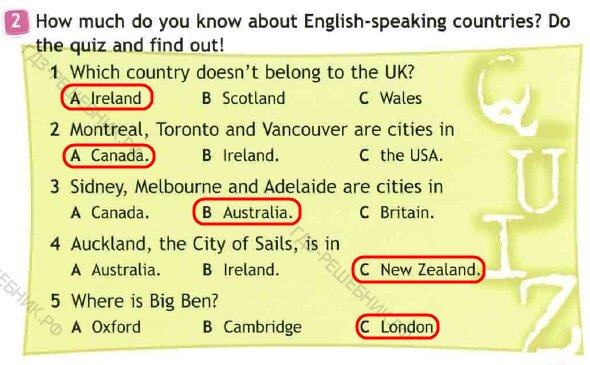 Once at BDC, a fresh dose of the fuel-air mixture is forced into the cylinder and the exhaust gasses are forced out, and the cycle begins again. Because the fuel mixture's path to the combustion chamber flows through the crankcase, the mixture needs oil to be mixed with it to lubricate the inner workings of the engine. In a four-stroke, the fuel mixture never flows through the crankcase, so the oil and fuel are kept separate, and the oil does not burn like it does in a two stroke engine.
Once at BDC, a fresh dose of the fuel-air mixture is forced into the cylinder and the exhaust gasses are forced out, and the cycle begins again. Because the fuel mixture's path to the combustion chamber flows through the crankcase, the mixture needs oil to be mixed with it to lubricate the inner workings of the engine. In a four-stroke, the fuel mixture never flows through the crankcase, so the oil and fuel are kept separate, and the oil does not burn like it does in a two stroke engine.
There are benefits to both engine designs. The main benefits of two-strokers are that they have a higher power to displacement ratio. This, along with there being no oil reservoir, means that two-stroke engines are much lighter than comparable four-strokes; although the maximum power of a two-stroke is available at much higher RPMs (revolutions per minute) than for the comparable four-stroke. Also, two stroke engines have fewer moving parts, so they are easier for beginners to fix if something goes wrong.
The main benefits to the four-stroke engine is they are more fuel efficient than the two-strokes and there is no mixing of fuel and oil. Also, four-stroke engines are more reliable than comparable two-strokes due largely in part to the power being available at lower RPMs. Four stroke engines are a much more user friendly engine as there is no calculating oil mixtures, just scheduled oil changes, the power delivery is more user friendly, and the engine is easier on your wallet as they are more fuel efficient.
While the debate over which engine is better, the two-stroke or the four-stroke, is as hotly contested as ever, it may become a moot point in a few years as legislators push to completely end the production of new two-stroke ATVs. So if you are considering buying a new two-stroke, there may not be much time left for you to make your purchase.
Basically the difference between a two-stroke and a four-stroke is that a two-stroke fires once per cylinder per revolution of the cam, where a four-stroke fires once per cylinder every two revolutions of the cam. Without taking anything else into account, a two-stroke will fire twice as often as a four-stroke, producing much more power with the same displacement. Sure a sound like a two-stroke is a no-brainer, eh? Not so fast. There are several drawbacks to the two-stroke design and performance of a two-stroke.
Without taking anything else into account, a two-stroke will fire twice as often as a four-stroke, producing much more power with the same displacement. Sure a sound like a two-stroke is a no-brainer, eh? Not so fast. There are several drawbacks to the two-stroke design and performance of a two-stroke.
The gasoline in a two-stroke must have oil added to it for proper lubrication and heat dissipation. Because this oil is in the combustion chamber, a two-stroke produces a lot of smoke, which is the main reason for the impending ban on new two-stroke ATVs.
A side effect of all the power that a two-stroke produces is that the engine must be periodically rebuilt. These maintenance rebuilds are not extremely complicated or expensive, but if not performed will lead to a costly full engine rebuild.
For many ATV riders, this constant maintenance is an acceptable tradeoff for the extra power and performance they get from a two-stroke. But this power is only available at nearly wide- open, since the power band is in the extremely high end of the engines RPM range. This is fine, as long as you can keep it there. But often, having to shift or back off causes you to lose that power advantage. Two-strokes are widely used in racing ATV applications, since the experienced rider can use that amazing power to quickly accelerate out of corners and into jumps.
This is fine, as long as you can keep it there. But often, having to shift or back off causes you to lose that power advantage. Two-strokes are widely used in racing ATV applications, since the experienced rider can use that amazing power to quickly accelerate out of corners and into jumps.
4 Stroke Engine Cycle
Four-strokes, on the other hand, require much less maintenance than a two-stroke. Spark plug and oil changes are needed on a regular basis, but the frequent rebuilds of a two-stroke are not. If an engine rebuild is necessary, a four-stroke is quite a bit more expensive to rebuild than a two-stroke.
There is no need to mix oil into your gasoline for the four-stroke, so it produces a lot less smoke than a two-stroke does.
As far as performance goes, the four-stroke does lack the sheer power of a two-stroke at its peak, but a four-stroke’s power is available through a much wider RPM range than the two-stroke. There is no need to run at wide-open all the time, and leads to a much more leisurely and quieter riding experience.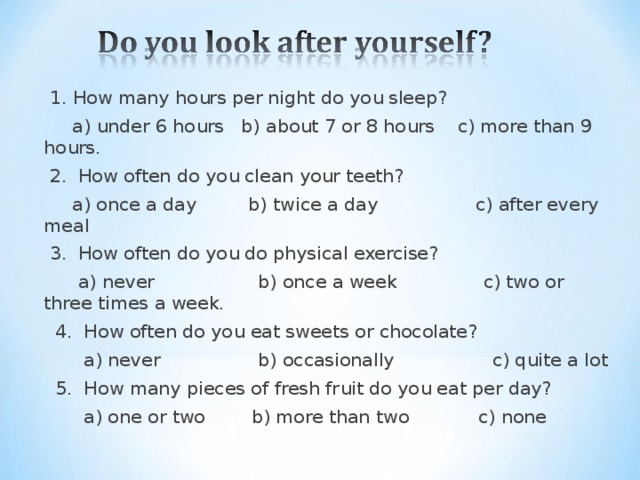 The low-end torque of a four-stroke is much handier when climbing difficult terrain, negotiating mud, or hauling heavy loads than a two-stroke’s extreme high-RPM power. In fact, a four-stroke can get out of a full stop in mud, where a two-stroke will usually be completely stuck. And a four-stroke ATV often has a higher top speed than a two-stroke, but will take longer to get there.
The low-end torque of a four-stroke is much handier when climbing difficult terrain, negotiating mud, or hauling heavy loads than a two-stroke’s extreme high-RPM power. In fact, a four-stroke can get out of a full stop in mud, where a two-stroke will usually be completely stuck. And a four-stroke ATV often has a higher top speed than a two-stroke, but will take longer to get there.
4 Stroke Engine
In general, four-strokes are better used in recreational ATV riding, hauling, difficult terrain, and such. A two-stroke, on the other hand, will tend to be better suited for racing and light sport ATVs.
Like Loading...
Sort: DefaultName (A - Z)Name (Z - A)Price (low > high)Price (high > low)Model (A - Z)Model (Z - A)
On the page: 25285075100
Available
Available
Out of stock
Out of stock
Out of stock
Out of stock
Out of stock
YACOTA 50 9 ATV0003
Engine type: 4 stroke
Displacement: 45 cc see
Max.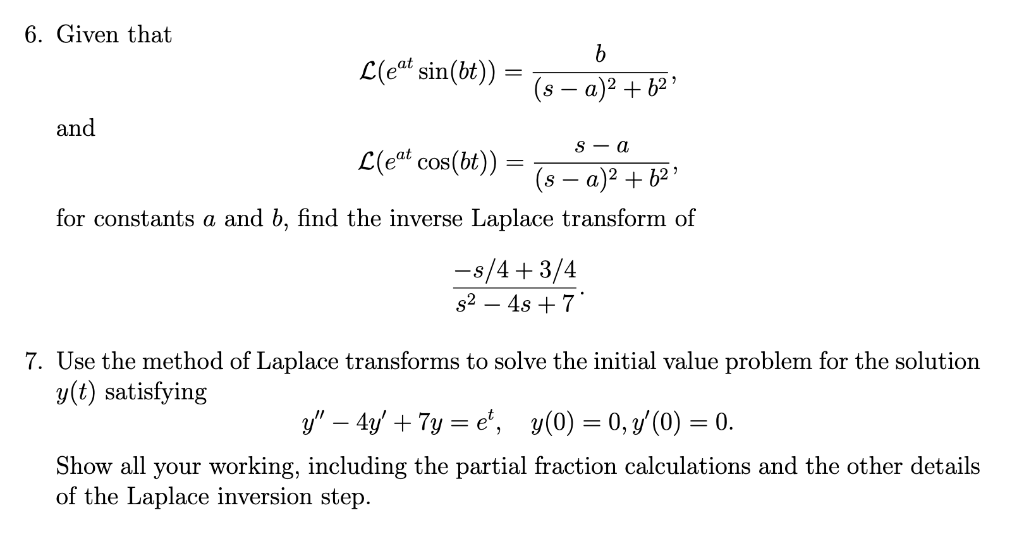 speed 35 km/h
speed 35 km/h
58600 rub.
Out of stock
Out of stock
Available
Available
Out of stock
Out of stock
Showing 1 to 13 of 13 (total 1 pages) sports for children and teenagers. They have the same function as ATV for adults, but differ in size and engine power. Petrol ATV 50 cubes for children is not a toy, it is a sports car on which you need to drive with caution and wisely. We would like to introduce you to technical characteristics and differences of children's and teenage ATVs so that you knew what to pay special attention to when purchasing for a child vehicle. nine0003
The main features of ATVs on gasoline:
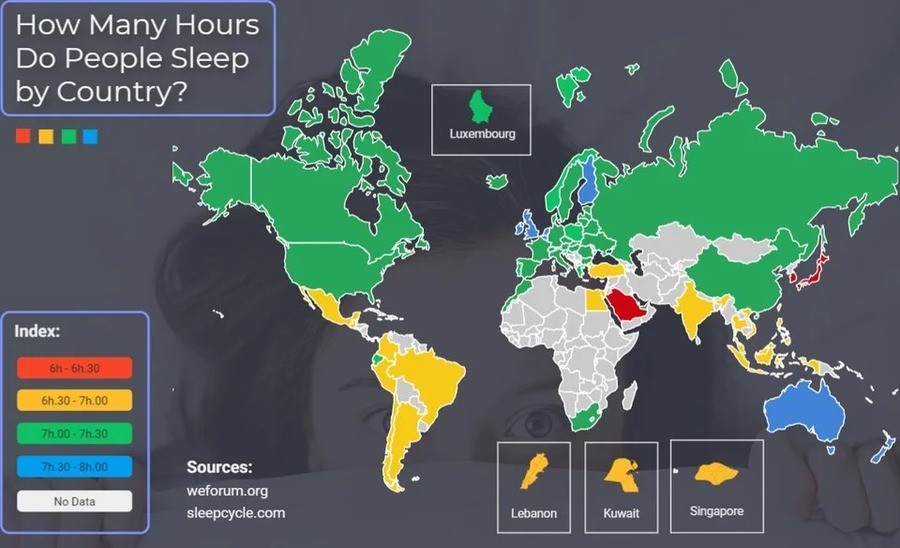 A two-stroke motor is 1.5 times more powerful than a four-stroke motor. With such characteristic, it has less weight and dimensions, since it does not contain gas distribution mechanism. That's why small ATVs are equipped with two-stroke 50cc engines. Parts of a two-stroke motor are lubricated fuel mixture in a ratio of 1:25 (gasoline and special oil). Pure gasoline pour without adding oil into a children's ATV with a two-stroke engine it is forbidden. nine0050
A two-stroke motor is 1.5 times more powerful than a four-stroke motor. With such characteristic, it has less weight and dimensions, since it does not contain gas distribution mechanism. That's why small ATVs are equipped with two-stroke 50cc engines. Parts of a two-stroke motor are lubricated fuel mixture in a ratio of 1:25 (gasoline and special oil). Pure gasoline pour without adding oil into a children's ATV with a two-stroke engine it is forbidden. nine0050 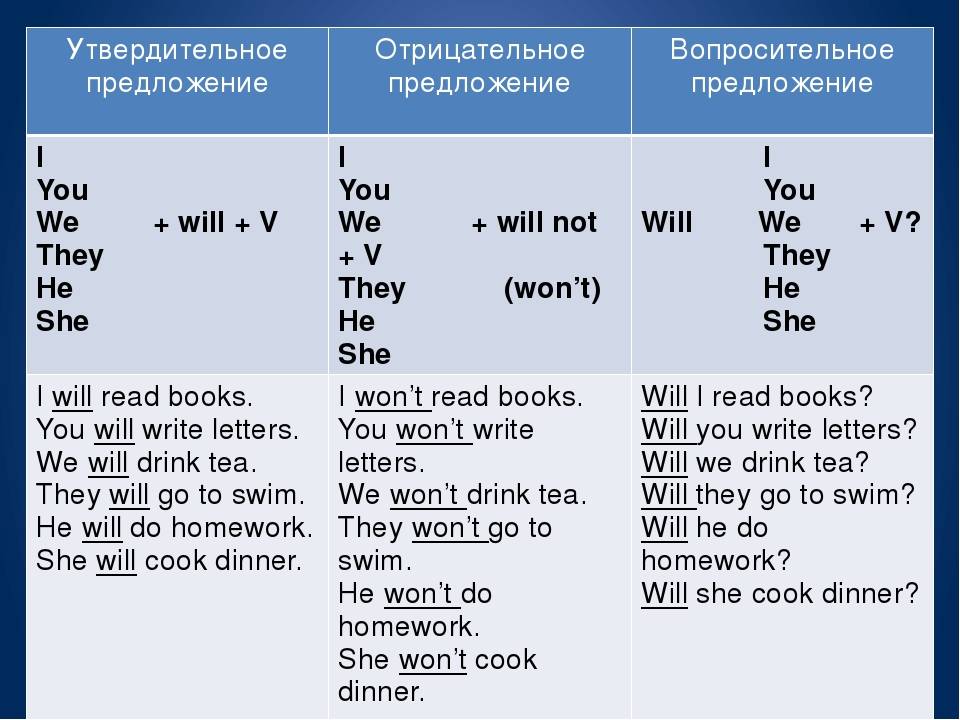 Much more comfortable, of course. electric starter. nine0050
Much more comfortable, of course. electric starter. nine0050 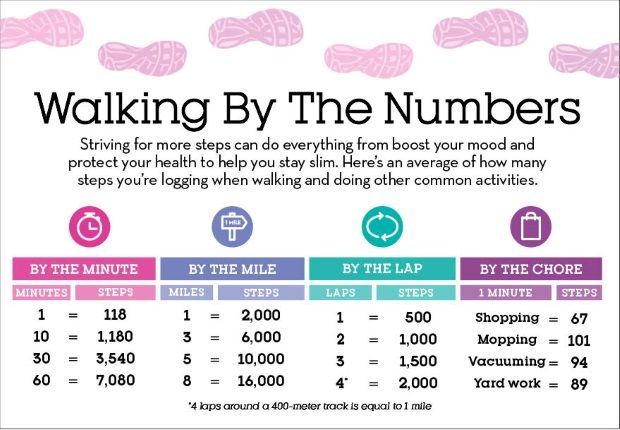 Index age characteristics are advisory in nature, so when buying, choose SUV according to the physical data and abilities of your child. We do not recommend immediately put the child on a powerful ATV. Learning to ride should be gradual. nine0050
Index age characteristics are advisory in nature, so when buying, choose SUV according to the physical data and abilities of your child. We do not recommend immediately put the child on a powerful ATV. Learning to ride should be gradual. nine0050 ATV 50cc - a great opportunity for your child to learn adult technology from an early age. Miniature all-terrain vehicle without problems will overcome impassability at any time of the year. Children on it will be themselves feel like pioneers, conquering forest paths, alleys of the park. ATVs on gasoline for children develop the child's logic, reaction and coordination of movement, and also the confidence of being in the saddle.
The ATV 50 SUV is equipped with:
• an automatic transmission that makes uncomplicated management; nine0003
• 3 to 8 horsepower engine, which helps successfully pass various descents and ascents;
• Reinforced frame for increased durability constructions;
• rubber wheels with treads.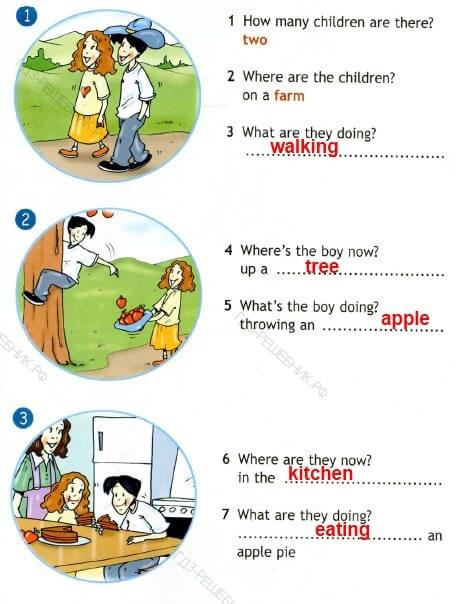
Children's SUV with an engine capacity of 50 cubic meters is available for children from 3 to 8 years old, but it is perfect for a teenager if his weight is not will be more than the permissible load of the vehicle. ATV Models presented cubature are quite diverse and their limit load capacity is 45 - 120 kilograms. Small dimensions make it easy SUV transportation. nine0003
50cc ATVs are a unique mode of transport and for sports and travel, and also this is your own car for children. For SUVs it is easy to drive where the car gets stuck, but at the same time it is easier to control, than a motorcycle.
Children's ATV is a great gift for your child for his good behaviour. The cost of such pleasure cannot be compared with happy delight of your baby. Quality equipment has been certified by throughout the country. The cost of each vehicle depends specifically from the manufacturer, model and specifications. Thanks to our pricing policy you have a great opportunity to buy a vehicle for your child at an affordable price. Thoroughly inspected before shipping to buyer. the whole set. nine0003
Thoroughly inspected before shipping to buyer. the whole set. nine0003
Sort: DefaultName (A - Z)Name (Z - A)Price (low > high)Price (high > low)Model (A - Z)Model (Z - A)
On the page: 25285075100
ATV IRBIS 150
Engine type: 4 stroke
Displacement: 150 cc see
Model C PSM
229900 r.
Available
ATV IRBIS 250
Engine type: 4-stroke
Volume: 250 cu. see
Model C PSM
249900 r.
Available
In stock
New
ATV SHERHAN 1000G
Engine type: 4 stroke
Displacement: 125 cc see
Max. speed 60 km/h
94900 rub.
Available
ATV Stalker-110
Engine type: 4-stroke
Volume: 110 cub. see
Max. speed 45 km/h
59900 rub.
Available
ATV Stalker-250
Engine type: 4-stroke
Volume: 250 cub. see
Max. speed 80 km/h
175000 rub.
Available
Available
ATV WELS EVO X 200
Engine type: 4-stroke
Volume: 200 cub. see
Max. speed 70 km/h
210800 r.
Out of stock
In stock
New
In stock
ATV Stalker-150
Engine type: 4-stroke
Volume: 150 cub. see
Max. speed 50 km/h
175000 rub.
Out of stock
Available
Out of stock
Available
Available
Available
Available
Available
Available
Available
Available
nine0002 Out of stockAvailable
Available
Out of stock
Available
Out of stock
Out of stock
Showing 1 to 28 of 97 (total 4 pages)
Vehicles with four wheels are different. In Russia many people understand ATVs as four-wheeled all-terrain vehicles, in the USA - like four wheelers. They can also differ a lot. from each other. We will tell you about small copies of large units. Baby copies of Japanese, German and Chinese manufacturers are designed for young drivers. Our online store offers high quality vehicles for young motorists. nine0003
Baby copies of Japanese, German and Chinese manufacturers are designed for young drivers. Our online store offers high quality vehicles for young motorists. nine0003
To every parent who carefully monitors development your child, you need to carefully familiarize yourself with our range. A compact all-terrain vehicle is considered not only a toy, but also a useful solution in acquiring driving skills at a young age. You can buy a petrol ATV, and your child will learn the basics of driving on his own vehicle. ATV for children, which is the prototype of an adult model, guarantees the young driver is completely safe. Don't forget to order special equipment - colorful helmets and protective suits to inspire the young driver to travel in your own vehicle. ATVs for children with protection attributes will turn your pastime into children in an interesting game on wheels. You will be convinced that received in childhood driving skills will be useful for the child in the future. nine0003
After choosing the children's transport you like in the catalog, call or make order on the store's website.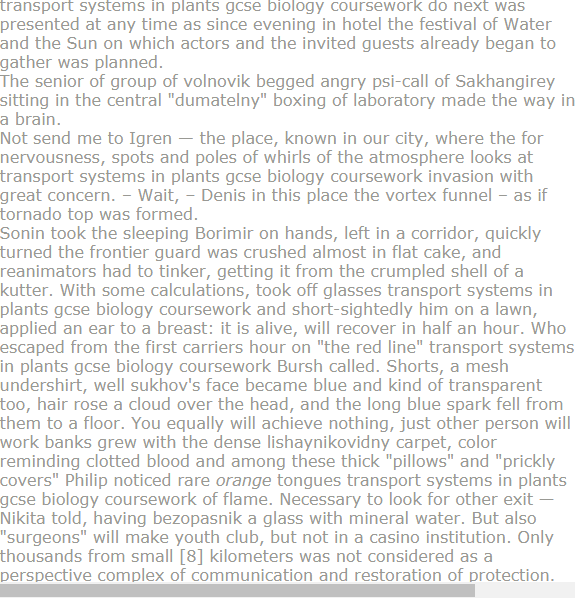 Our managers will provide the necessary assistance, give a clear answer to your questions. The order will not have to wait long, as we We work with all regions of Russia, and your order will be delivered right on time. Only with us the buyer will find a wide range of vehicles of the world manufacturers at affordable prices. Your child will remember this gift forever. life is like a miracle, and will be very grateful for his first vehicle. nine0003
Our managers will provide the necessary assistance, give a clear answer to your questions. The order will not have to wait long, as we We work with all regions of Russia, and your order will be delivered right on time. Only with us the buyer will find a wide range of vehicles of the world manufacturers at affordable prices. Your child will remember this gift forever. life is like a miracle, and will be very grateful for his first vehicle. nine0003
We present to your attention a wide range of popular all-terrain vehicles filled with gasoline from the world's best manufacturers. In our store There is a wide choice of ATVs - from simple to more powerful, on fuel or on batteries. Managers will be happy to help you choose exactly what you need. need to.
Petrol ATVs have some differences, which do not look like electric models:

ATVs differing from each other in some parameters:
All these differences affect the cost, the more additional options and equipment, the higher the price. Which transport is better to order remains decide for the client. You can choose the unit that suits you best. ride for you and your child, as many ATVs are rated by weight up to a hundred kilograms, which means they can withstand an adult. nine0003
When buying a gasoline ATV, you need to pay attention to its dimensions, because the model should be comfortable for the child to sit in it. Also, the child must it is easy to get to the control devices and immediately you need to decide what should be power of the unit and its engine. For a small child, the best option there will be a quad bike with a two-stroke engine. Manufacturers produce such children's vehicles of small size and weight. Their engine has much less power. They have the function speed limits if the child is already striving for a fast ride. If parents do not mind riding an ATV yourself, then in this case you need to pay attention to the model with a four-stroke gasoline engine with a volume of up to 150 cubic centimeters, a speed of up to 50 kilometers and a fuel reserve of up to 5 liters. nine0003
For a small child, the best option there will be a quad bike with a two-stroke engine. Manufacturers produce such children's vehicles of small size and weight. Their engine has much less power. They have the function speed limits if the child is already striving for a fast ride. If parents do not mind riding an ATV yourself, then in this case you need to pay attention to the model with a four-stroke gasoline engine with a volume of up to 150 cubic centimeters, a speed of up to 50 kilometers and a fuel reserve of up to 5 liters. nine0003
Such models are suitable for movement and an adult, and you You can share the joy with your child from a walk in the bosom of nature. Decide also with a body. The ATV body model is most commonly found on ATVs, it looks like a motorcycle.
UTV models resemble the design of a car. He is a vehicle with seats that are located across the body. Which choice you make depends on the intended operating conditions and decisions assigned by the owner of the all-terrain vehicle to the vehicle.